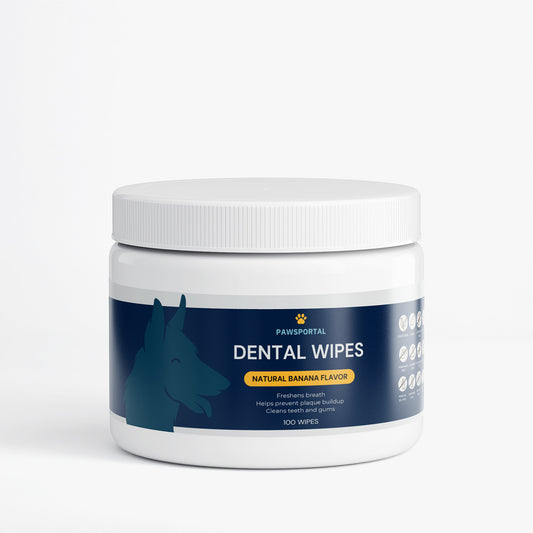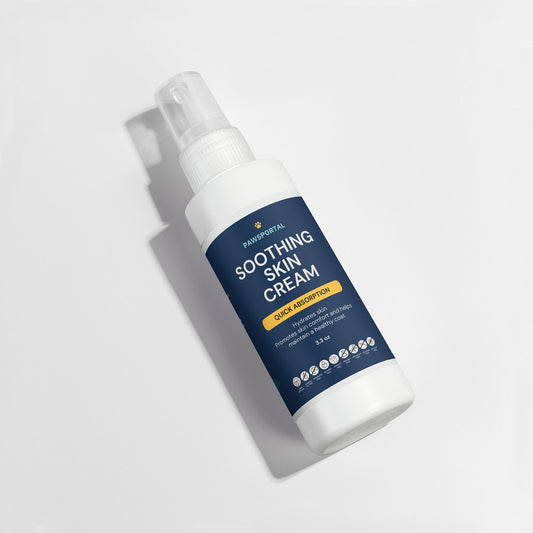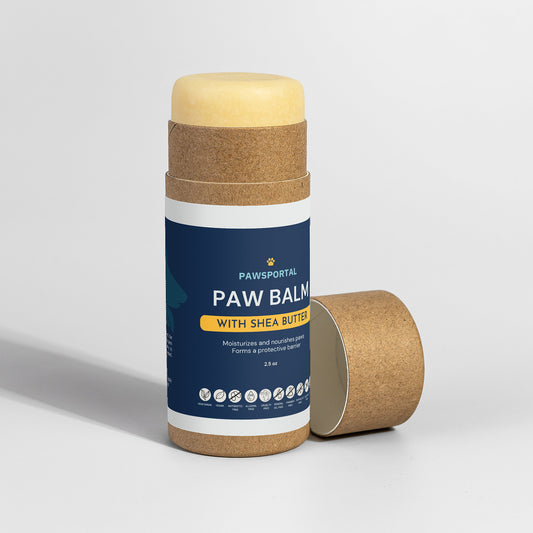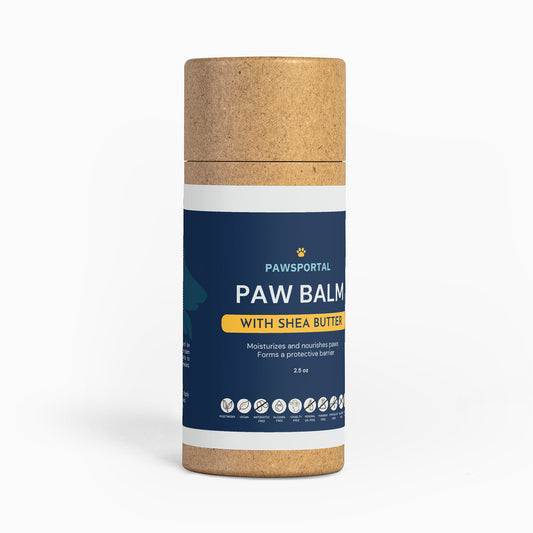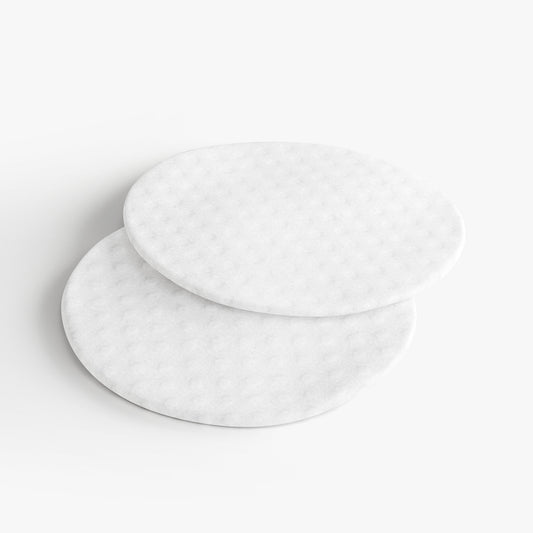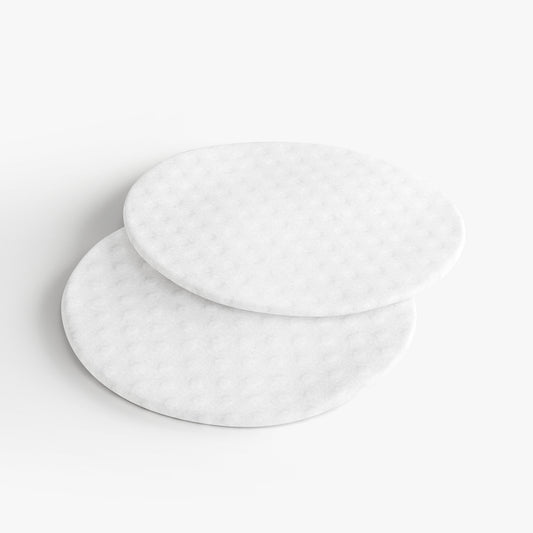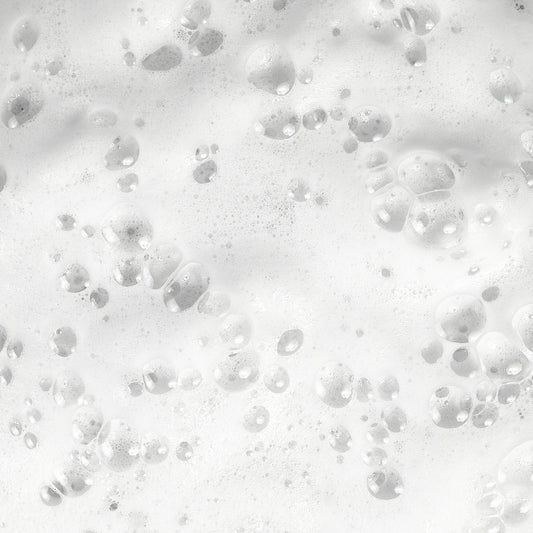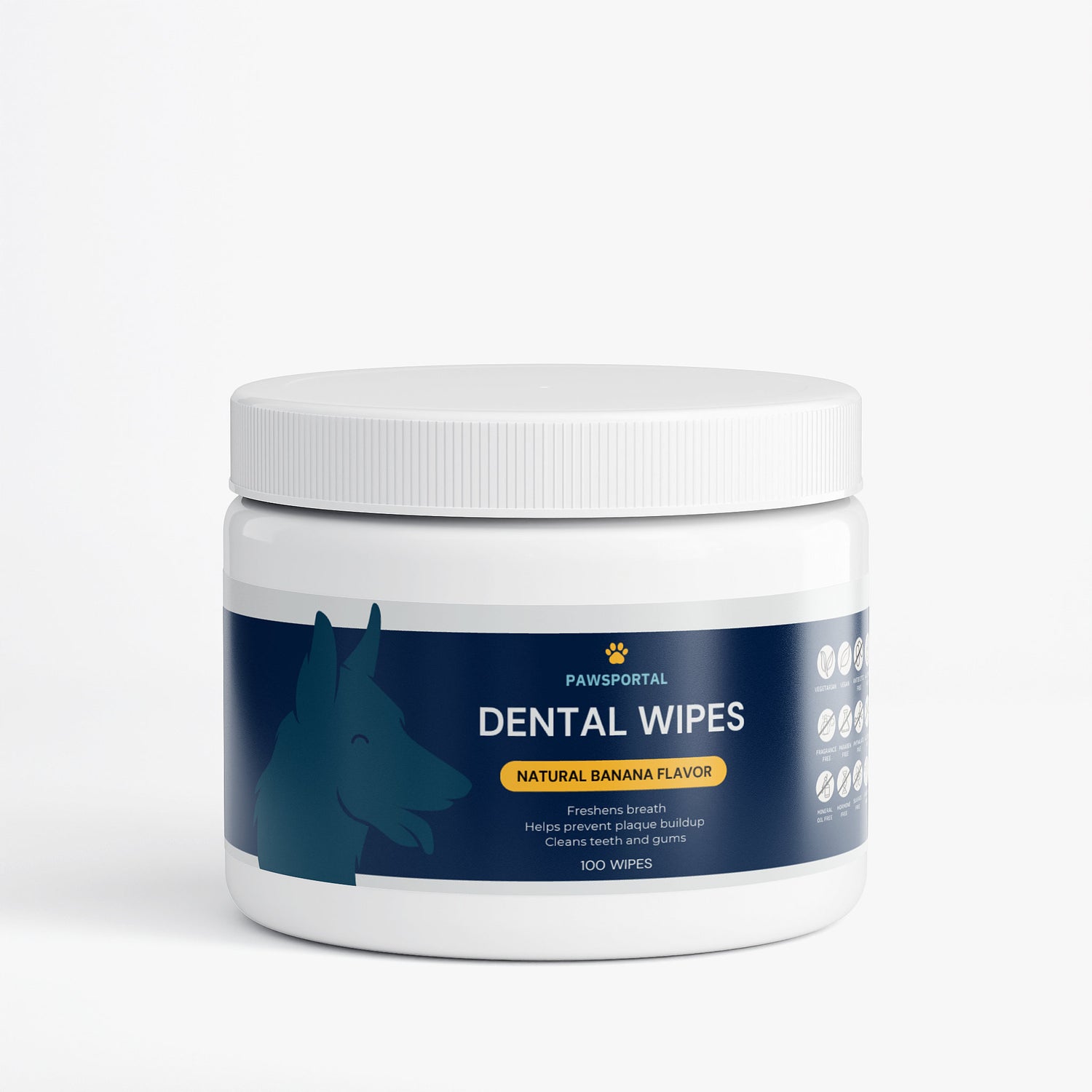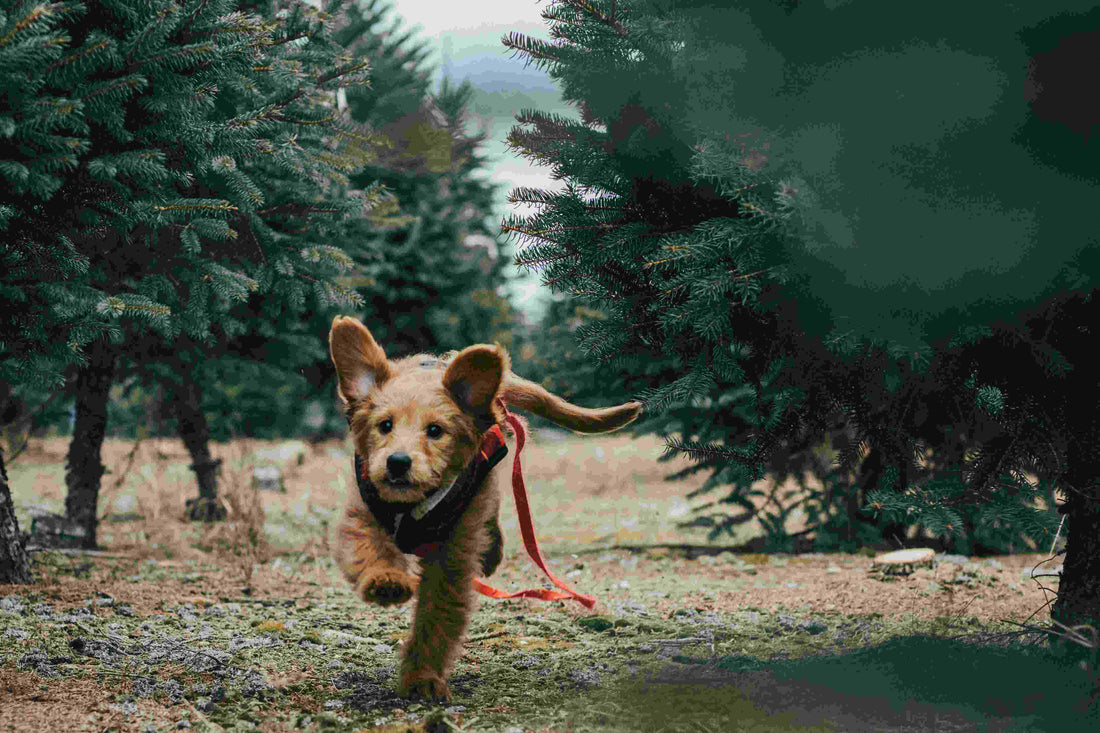
Can Dogs Sweat? Unraveling the Myths and Facts About Canine Cooling Mechanisms
Share
When it comes to cooling off, most people envision sweaty glimpses of relief, but how do our furry companions handle the heat? The question "Can dogs sweat?" is more complex than it seems. While you might think of a panting pup under the summer sun, there’s much more to the canine cooling system. From their unique physiology to their instinctual behaviors, understanding how dogs regulate their body temperature is crucial for every pet owner.
In this article, we’ll unravel the myths and facts surrounding canine cooling mechanisms. Whether you’re a seasoned dog lover or a new puppy parent, you’ll discover essential insights that can help keep your furry friend comfortable and safe during those sweltering months. So, join us as we dive into the fascinating world of canine temperature regulation, where biology meets care, and empower yourself with knowledge to support your dog's well-being!
_____________________________________________________________________________________________

Understanding Dog Physiology: How Dogs Regulate Body Temperature
When it comes to regulating body temperature, dogs are incredibly adept creatures, equipped with a variety of biological mechanisms to maintain their internal equilibrium. Unlike humans, who rely primarily on sweating to cool down, dogs have a more complex system that includes panting, vasodilation, and behavioral adjustments. Understanding this intricate physiology is essential for any pet owner, especially during the hot summer months.
At the core of a dog's temperature regulation system is their ability to dissipate heat through panting. While humans sweat to release heat, dogs primarily use their respiratory system. By rapidly inhaling and exhaling air, dogs can evaporate moisture from their tongue, mouth, and upper respiratory tract, which helps to lower their body temperature. This method is highly efficient but also requires a great deal of energy, making it vital for dogs to remain hydrated.
Additionally, dogs have specialized blood vessels in their ears and face that expand to help release heat. This process, known as vasodilation, allows for increased blood flow to the surface of the skin, where heat can be more easily dissipated into the environment. Combined with behavioral adaptations such as seeking shade, lying on cool surfaces, and reducing activity levels, these physiological mechanisms work together to keep dogs cool and comfortable.
_____________________________________________________________________________________________
The Role of Panting in Dogs: More Than Just a Cooling Method
Panting is often the most visible sign that a dog is trying to cool down, but this behavior serves more purposes than merely regulating temperature. When a dog pants, it is not just cooling itself; it is also helping to maintain the balance of oxygen and carbon dioxide in its body. This dual function makes panting an essential part of a dog's respiratory and thermoregulatory systems.
The process of panting involves rapid, shallow breaths that increase airflow over the moist surfaces of the tongue and mouth. This rapid movement of air facilitates the evaporation of saliva, which in turn helps to cool the blood vessels in the mouth and tongue. The cooled blood then circulates throughout the body, reducing the overall body temperature. This mechanism is highly effective, but it can also be easily overwhelmed in extremely hot conditions or during intense physical activity.
Moreover, panting is a sign of a dog's overall well-being. If a dog is panting excessively without obvious reasons such as heat or exercise, it may indicate underlying health issues like respiratory problems, heart disease, or anxiety. Pet owners should be attentive to their dog's panting patterns and consult a veterinarian if they notice any irregularities. Understanding the multifaceted role of panting can help owners better care for their canine companions, ensuring they stay cool and healthy.
_____________________________________________________________________________________________
Do Dogs Sweat? Exploring the Myths and Realities
The question "Do dogs sweat?" often leads to a mix of confusion and misconceptions. The short answer is yes, dogs do sweat, but not in the same way humans do. While humans have sweat glands distributed across their entire body, dogs have sweat glands in specific areas, and their primary method of temperature regulation is through other means.
Dogs have two types of sweat glands: merocrine and apocrine glands. Merocrine glands are similar to human sweat glands and are located primarily in the paw pads. These glands activate when a dog is hot, producing a watery secretion that helps to cool the dog down. However, the amount of sweat produced is minimal and not sufficient to regulate body temperature on its own.
Apocrine glands, on the other hand, are found throughout a dog's body, but their primary function is not to cool the dog down. Instead, these glands secrete pheromones that play a role in communication and social interactions among dogs. The limited sweating capacity of dogs underscores the importance of other cooling mechanisms, such as panting and behavioral adjustments, to maintain their body temperature.
_____________________________________________________________________________________________
Where Do Dogs Sweat From? The Science Behind Canine Sweat Glands
Understanding where dogs sweat from involves delving into the science of canine sweat glands. As mentioned earlier, dogs have two types of sweat glands: merocrine and apocrine. The merocrine glands are primarily located in the paw pads, and they function similarly to human sweat glands by producing a watery secretion that evaporates to cool the dog down.
The location of these merocrine glands in the paw pads is significant because it allows dogs to leave behind scent markers as they walk, which can communicate information to other dogs. When a dog is hot, these glands become more active, and you may notice wet paw prints on the ground. This sweating is not enough to cool the dog significantly, but it does help to some extent.
Apocrine glands are found all over a dog's body, but they are concentrated around the dog's hair follicles. These glands secrete a thicker, milky fluid that contains pheromones. While apocrine glands do not play a significant role in temperature regulation, they are crucial for communication and social interactions among dogs. This secretion can convey information about a dog's identity, emotional state, and reproductive status to other dogs.
_____________________________________________________________________________________________

The Importance of Hydration for Dogs in Hot Weather
Hydration is a critical factor in maintaining a dog's health, especially during hot weather. Dogs rely on water to facilitate various physiological processes, including temperature regulation, digestion, and waste elimination. Ensuring that your dog stays hydrated is one of the most important responsibilities of a pet owner, particularly during the summer months when the risk of dehydration increases.
When a dog pants, it loses a significant amount of moisture through evaporation, which can quickly lead to dehydration if not replenished. Dehydration can have severe consequences, including heatstroke, organ failure, and even death. Therefore, it is essential to provide your dog with constant access to fresh, clean water. During particularly hot days, you may need to encourage your dog to drink more frequently and consider adding ice cubes to their water bowl to keep it cool.
Monitoring your dog's hydration levels can help prevent dehydration. Signs of dehydration in dogs include dry gums, sunken eyes, lethargy, and loss of skin elasticity. To test for dehydration, gently lift the skin on the back of your dog's neck; if the skin does not return to its original position quickly, your dog may be dehydrated. In such cases, it is crucial to seek veterinary care immediately.
_____________________________________________________________________________________________
Signs of Overheating in Dogs: What Pet Owners Should Know
Overheating, or heatstroke, is a serious condition that can affect dogs, particularly during hot weather or intense physical activity. Recognizing the signs of overheating and taking prompt action can save your dog's life. Pet owners should be aware of the symptoms and know how to respond to prevent severe health consequences.
Early signs of overheating in dogs include excessive panting, drooling, and restlessness. As the condition progresses, dogs may exhibit signs of confusion, weakness, and uncoordinated movements. More severe symptoms include vomiting, diarrhea, and collapse. If left untreated, overheating can lead to organ failure, seizures, and death.
If you suspect your dog is overheating, it is essential to act quickly. Move your dog to a cool, shaded area and offer small amounts of water. You can also use cool (not cold) water to wet your dog's body, paying particular attention to the head, neck, and paw pads. Avoid using ice or very cold water, as this can cause blood vessels to constrict and reduce heat dissipation. Once you have taken these initial steps, seek veterinary care immediately to ensure your dog's safety and well-being.
_____________________________________________________________________________________________

Tips for Keeping Your Dog Cool During Summer Months
Keeping your dog cool during the summer months requires a combination of preventive measures and proactive care. By implementing a few simple strategies, you can help your dog stay comfortable and safe, even on the hottest days of the year. Here are some tips to keep your dog cool:
First, provide plenty of fresh, cool water at all times. Hydration is key to preventing overheating, so make sure your dog has access to water both indoors and outdoors. Consider using a spill-proof bowl or a pet water fountain to encourage drinking. You can also offer ice cubes as a treat, which can help cool your dog down and provide mental stimulation.
Second, create a cool environment for your dog. Ensure that your dog has access to shaded areas and avoid leaving them in direct sunlight for extended periods. You can also use fans, air conditioning, or cooling mats to help regulate your dog's temperature. Avoid taking your dog for walks during the hottest parts of the day; instead, opt for early morning or late evening when temperatures are cooler.
Finally, be mindful of your dog's activity levels. While exercise is important, it is essential to avoid overexertion during hot weather. Engage in low-intensity activities, such as short walks or gentle play, and provide plenty of opportunities for rest. By taking these precautions, you can help your dog stay cool and enjoy a safe, happy summer.
_____________________________________________________________________________________________
The Impact of Breed on Canine Cooling Mechanisms
The breed of a dog can significantly influence its ability to regulate body temperature and cope with hot weather. Different breeds have varying physical characteristics and adaptations that affect their cooling mechanisms. Understanding these differences can help pet owners provide appropriate care for their specific breed.
Brachycephalic breeds, such as Bulldogs, Pugs, and Boxers, are particularly susceptible to overheating due to their short, flat faces. These breeds have restricted airways, making it more difficult for them to pant effectively and cool down. As a result, they are at a higher risk of heatstroke and require extra care during hot weather. Owners of brachycephalic dogs should take additional precautions, such as avoiding strenuous exercise and providing ample shade and water.
In contrast, some breeds are better adapted to hot climates. For example, breeds like the Basenji and the Pharaoh Hound have lean bodies, long legs, and short coats that facilitate heat dissipation. These physical traits enable them to stay cooler in warm environments. However, even heat-tolerant breeds need proper care and hydration to prevent overheating.
Long-haired and double-coated breeds, such as Huskies and Golden Retrievers, have additional challenges in hot weather. While their thick coats provide insulation against the heat, they can also trap heat close to the body. Regular grooming and brushing can help manage their coats and improve air circulation, reducing the risk of overheating.
_____________________________________________________________________________________________
Debunking Myths and Promoting Canine Health
In conclusion, understanding how dogs regulate their body temperature is crucial for ensuring their health and well-being, especially during hot weather. While dogs do have sweat glands, their primary cooling mechanisms are panting, vasodilation, and behavioral adaptations. Recognizing the signs of overheating, maintaining proper hydration, and taking breed-specific considerations into account are essential for keeping your dog safe and comfortable.
By debunking common myths and gaining a comprehensive understanding of canine cooling mechanisms, pet owners can make informed decisions to support their furry friends. Whether you have a brachycephalic breed, a long-haired dog, or a heat-tolerant companion, the principles of hydration, shade, and avoiding overexertion remain universally important.
Empowered with knowledge, you can confidently navigate the challenges of hot weather and ensure that your dog remains happy, healthy, and cool. Remember, a well-cared-for dog is a happy dog, and by taking proactive steps, you can enhance your dog's quality of life and strengthen the bond you share.



